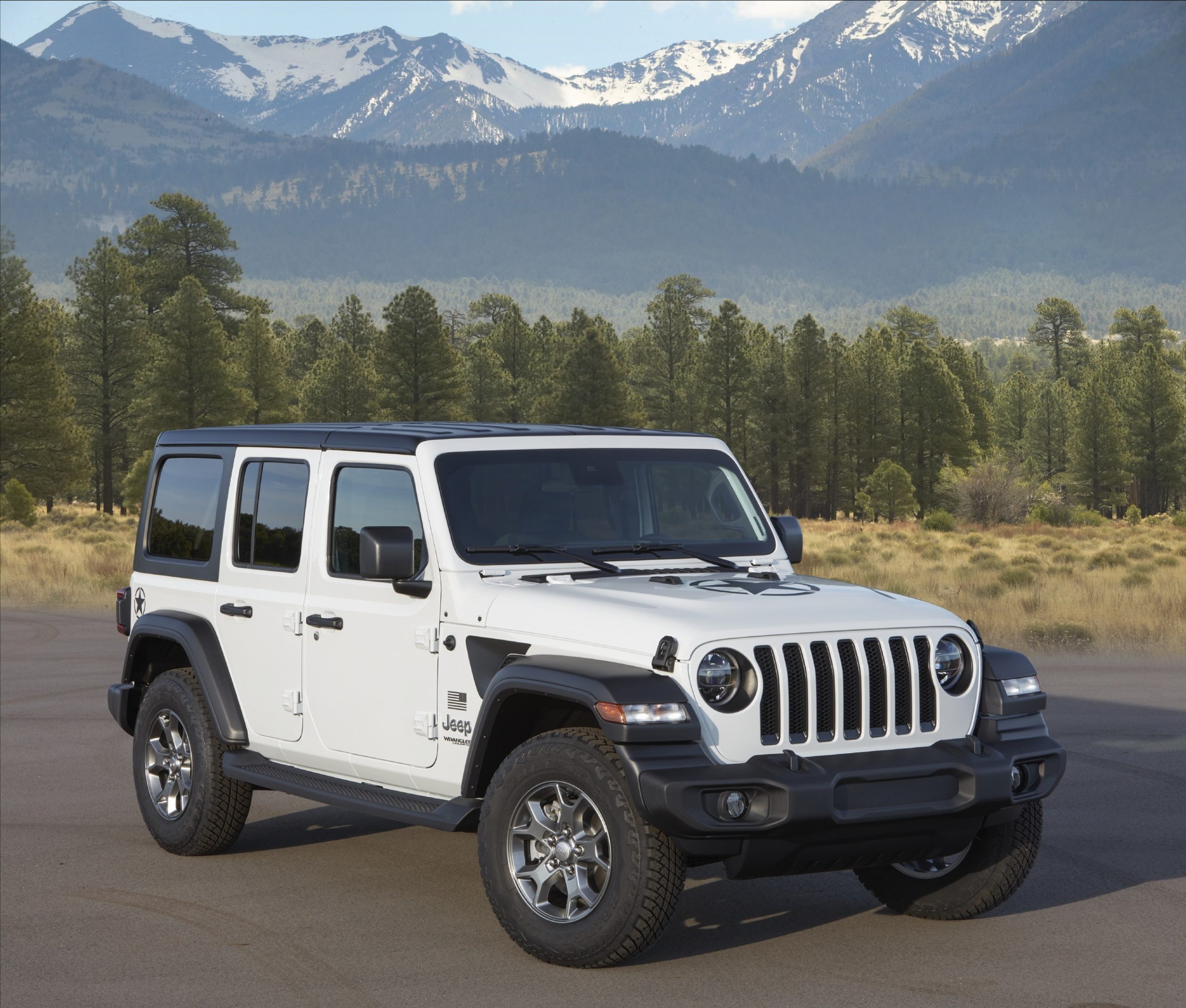Jeep Wrangler’s Environmental Impact Reduced by 15 Percent

In its continuing efforts to monitor and reduce the environmental impact of its vehicles, FCA has completed its latest Global Warming Potential (GWP) analysis for the redesigned Jeep Wrangler Unlimited and its overall GWP is 15 percent lower than that of its predecessor.
“This is the outcome we expect when we launch a new vehicle,” says Mitch Clauw, FCA vice president and head of global pre-programs and program management. “In all our processes, the mitigation of environmental impact is a baked-in consideration.”
The GWP improvement was calculated using industry-standard software that examines multiple factors associated with a vehicle’s design, production and on-road performance. These factors include:
• the environmental impact of fuel production and delivery
• material use
• the vehicle’s own fuel consumption
Determinations are based on 150,000 miles of operation. And improvements are measured by contrasting anticipated C02-equivalent greenhouse-gas (GHG) emissions with those of comparable vehicles.
C02-equivalent, or CO2e, is a term for describing various greenhouse gases as a common unit. For any quantity and type of greenhouse gas, CO2e signifies the amount of CO2 that would have an equivalent effect on global warming.
In this case, the comparison was made with the previous-generation Wrangler Unlimited, as powered by its only available engine – FCA’s award-winning 3.6-liter Pentastar V-6 – and a since-discontinued five-speed automatic transmission.
The new Wrangler’s performance was measured as equipped with the available 270-horsepower, 2.0-liter turbocharged I-4 engine, featuring engine stop-start (ESS). Accordingly, each new Wrangler Unlimited has the potential to account for a 14-metric-ton reduction in GHG emissions, which is equivalent to:
• GHG emissions of three passenger cars, driven for one year
• C02e output from 7.7 tons of coal burned in a power-generation plant
• C02e produced when powering 2.4 average American homes for one year
Additionally, the reduced emissions from each 2.0-liter Wrangler Unlimited, over its lifetime, has the potential to account for the carbon sequestration that occurs in 16.5 acres of U.S. forest, over an entire year.
Material choices also contribute to the new Wrangler Unlimited’s greener performance. Its ferrous metal content was reduced to 54 percent from 68 percent in the previous-generation vehicle.
Meanwhile, non-ferrous metal content, which contributes to weight reduction and corrosion resistance, increased to 20 percent, from 12 percent.
Further improving its on-road performance, FCA’s TorqueFlite eight-speed automatic transmission benefits fuel economy, whether mated to the 2.0-liter turbocharged I-4 or the 3.6-liter Pentastar V-6. In I-4 configurations, the celebrated transmission helps the 2020 Wrangler Unlimited achieve a 21 miles-per-gallon (mpg) rating in the U.S. Environmental Protection Agency’s combined city/highway test cycle – an increase of three mpg over the previous-generation vehicle and its five-speed automatic transmission.
In the Sahara trim level, the 2020 Jeep Wrangler Unlimited may be equipped with a version of the 2.0-liter turbocharged I-4 that features FCA’s eTorque mild-hybrid technology.
In addition, the new-generation Wrangler Unlimited is available with a 3.6-liter V-6 from FCA’s award-winning Pentastar engine family. It comes with a choice of a TorqueFlite eight-speed transmission or a six-speed manual gearbox.
The 2.0-liter turbocharged I-4 is also available in the Jeep Cherokee midsize SUV. To accommodate its continued proliferation across the FCA lineup, the Company is committing $400 million to produce the engine at a former transmission plant in Kokomo, Indiana, a project that will bring FCA’s total employment in the state to 8,300.
